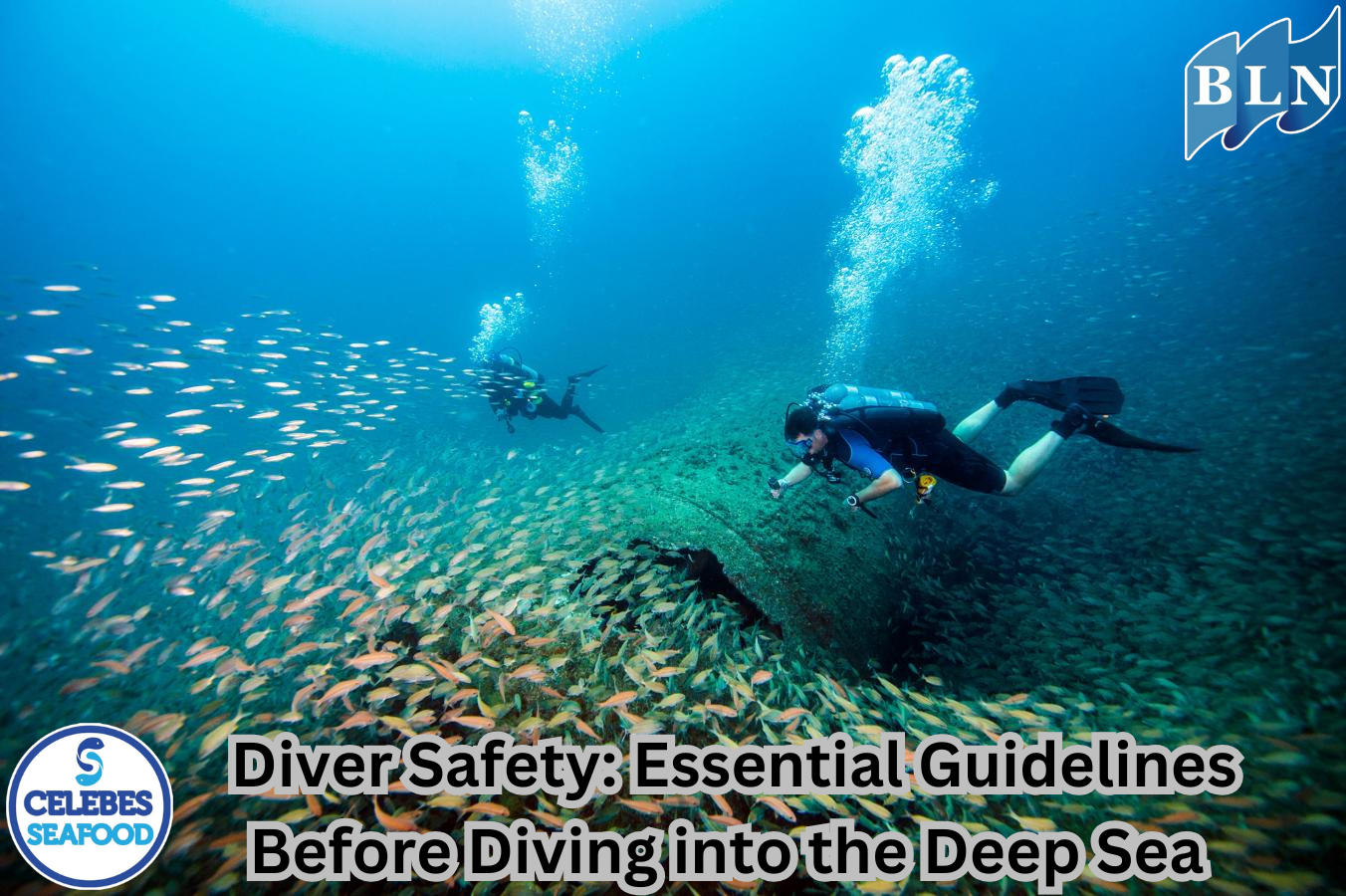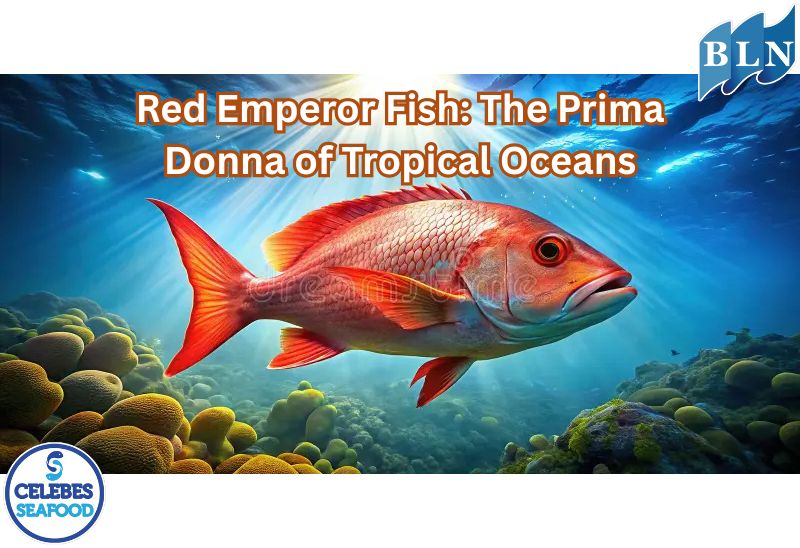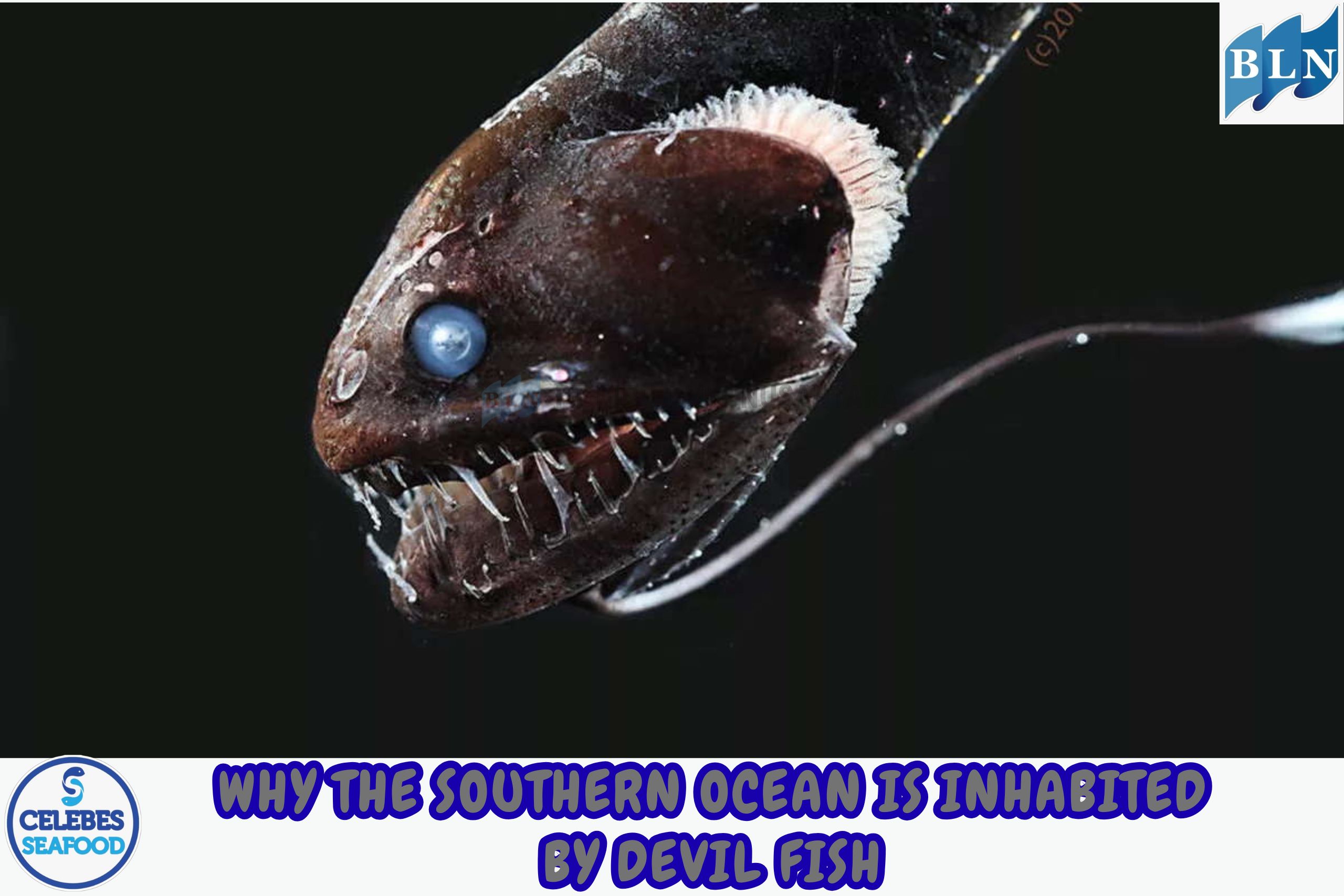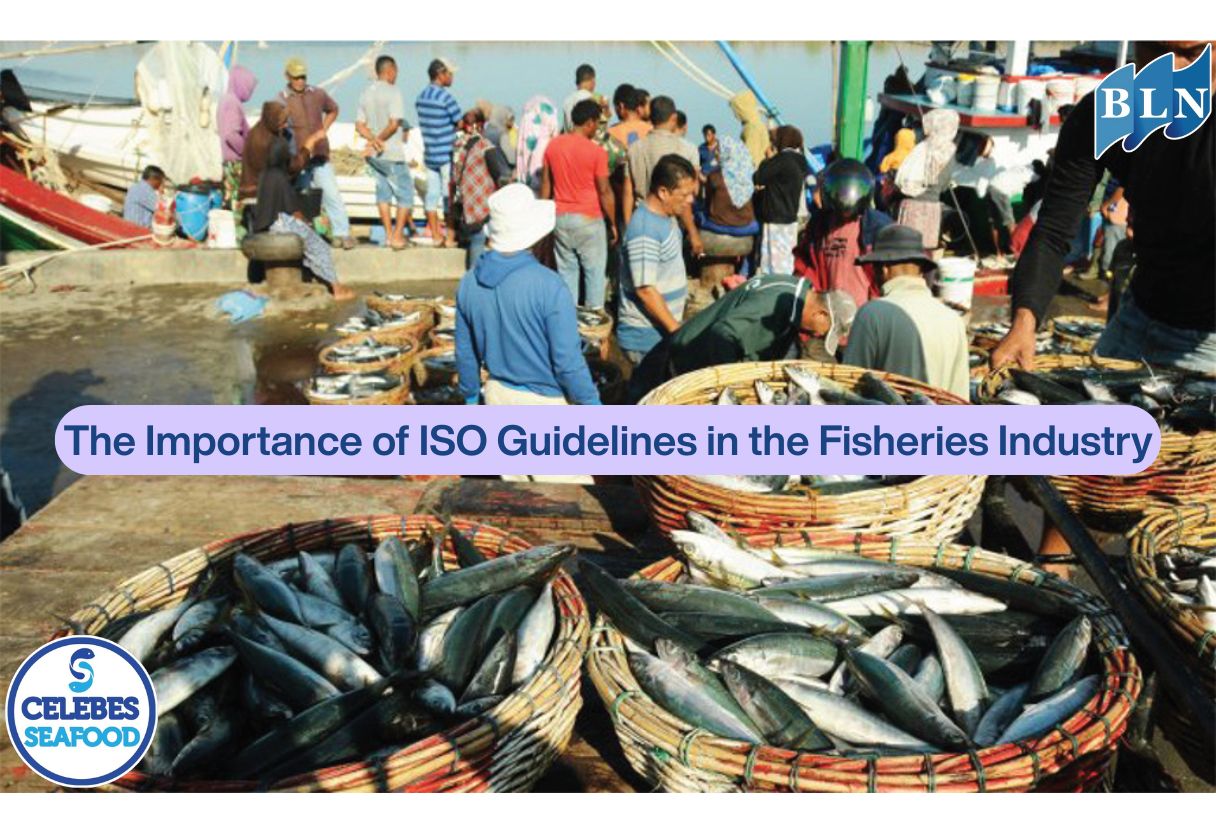These are the Factors Affecting Sea Surface Temperature
By. Rani - 20 May 2025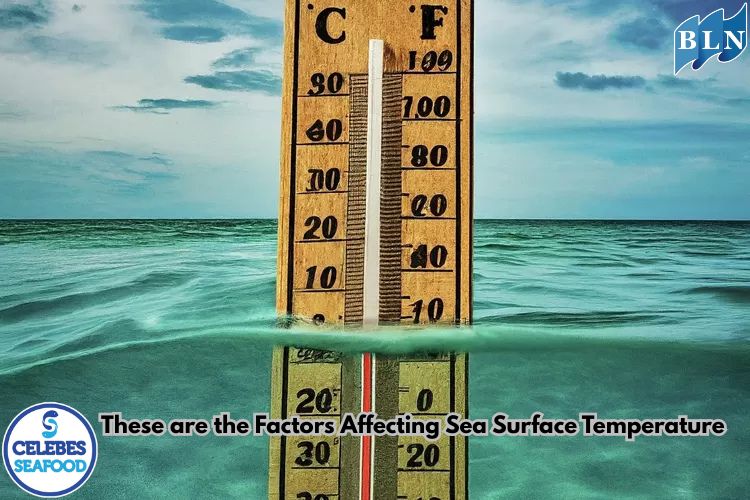
lautnusantara.com_ Sea surface temperature is not a static figure. It is a dynamic variable that fluctuates significantly, both geographically and vertically. These fluctuations are influenced by a complex series of interacting factors, shaping the unique thermal conditions in every part of the ocean. Understanding these factors is crucial for studying marine ecosystems, global climate patterns, and even maritime navigation.
1. Solar Radiation (Insolation)
This is the most dominant factor influencing sea surface temperature. The ocean's surface absorbs most of the incoming solar energy, converting it into heat. The more solar radiation an area receives, the warmer its surface water temperature will be. This is why tropical regions near the equator are consistently warmer than waters near the poles, which receive sunlight at a lower angle and with less intensity. Variations in solar radiation intensity also explain seasonal temperature differences in mid-latitude regions.
2. Geographic Latitude
Geographic latitude is directly related to the intensity of solar radiation. The closer an area is to the equator (low latitudes), the more direct the angle of incoming sunlight, leading to a higher concentration of energy per unit area. Conversely, at high latitudes (near the poles), sunlight arrives at a more oblique angle, spreading energy over a larger area, resulting in colder sea temperatures.
3. Water Depth
Sea temperature decreases dramatically with increasing depth. Sunlight can only penetrate a few tens to hundreds of meters from the ocean surface (the photic zone). Below this depth, known as the aphotic zone, there is no sunlight penetration, so the water temperature tends to be very low and stable, typically ranging from 0°C to 4°C. The most rapid temperature change occurs in the thermocline layer, a transition zone where temperature decreases sharply and rapidly.
4. Ocean Currents
Ocean currents act as gigantic "conveyor systems" that move warm and cold water masses throughout the ocean. Warm ocean currents, such as the Gulf Stream in the North Atlantic, carry warm water from tropical regions to higher latitudes, moderating coastal climates. Conversely, cold currents, like the Humboldt Current off the west coast of South America, bring cold water from the poles or deep ocean, causing surface water temperatures in those regions to be lower and often triggering upwelling (the rise of cold, nutrient-rich water masses).
5. Wind
Wind has several effects on sea surface temperature:
- Evaporation: Wind blowing over the ocean surface increases the rate of evaporation. This evaporation process requires energy (latent heat), which can cool the water's surface.
- Mixing: Strong winds can stir the surface layer of the water, mixing warmer surface water with colder water below, which can lead to a decrease in surface temperature or a homogenization of temperature in the upper layers.
- Upwelling and Downwelling: Wind can push surface water away from the coast (causing upwelling) or push surface water towards the coast (downwelling), which respectively bring cold water from depth or accumulate warm water at the surface.
6. Salinity (Salt Content)
Salinity, or the salt content in seawater, affects the freezing point of water. Seawater with higher salinity has a lower freezing point (can reach around -2°C) compared to fresh water (0°C). This means that saltier seawater requires a lower temperature to freeze. Although its impact is not as significant as solar radiation, salinity contributes to water density and thermohaline circulation.
7. Air-Sea Interaction
Heat exchange between the ocean surface and the atmosphere occurs through several processes:
- Radiation: Heat is emitted and absorbed between the ocean and the atmosphere.
- Conduction: Heat transfer through direct contact.
- Convection: Heat transfer through fluid movement (air or water).
- Evaporation: As mentioned earlier, evaporation cools the ocean surface.
- Precipitation: Rainfall can bring colder or warmer water from the atmosphere to the ocean surface.
8. Season and Local Weather
Seasonal changes lead to significant variations in the amount of solar radiation received, thus affecting sea temperature in a cyclical manner. Additionally, local weather conditions such as cloud cover, heavy rainfall, and air temperature can also affect sea surface temperature on shorter timescales.
9. Seafloor Topography and Underwater Volcanoes
Although their contribution is relatively small compared to the sun, geological activity on the seafloor, such as hydrothermal vents and underwater volcanoes, can release heat into the surrounding water. This can create localized hotspots in the deep sea, supporting unique ecosystems that depend on chemosynthetic energy.
By understanding the complex interplay of these factors, we can better appreciate the dynamics of the ocean and its irreplaceable role in Earth's climate system. Changes to any of these factors, especially those driven by global climate change, can have far-reaching consequences for marine ecosystems and weather patterns worldwide.
If you are interested in our Coral Trout Fillet Skin On, CORAL TROUT WGG WHOLE GILLED GUTTED, TOMATO COD WHOLE GILLED GUTTED please do not hesitate to contact us through email and/or whatsapp.

